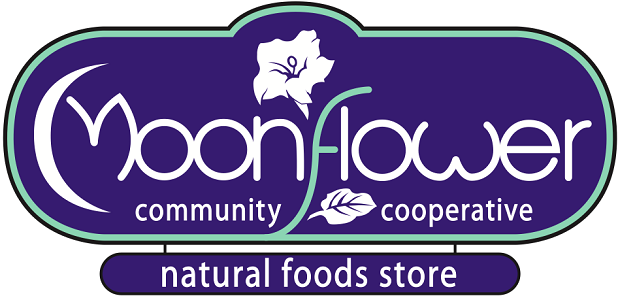The intense seasonal fluctuations in Moab – from the consistent sub-freezing temperatures in the winter to the triple digit summer temperatures – deeply affect our physical and emotional bodies. The co-evolution of the animal and plant kingdoms have resulted in the production of plants which satisfy the particular bodily needs that arise during each season. Eating seasonally, which typically coincides with relying on locally grown foods, can benefit the body by attending to these seasonal needs. Beyond satisfying our physical needs, eating local supports our local food shed and the dedicated local farmers who care deeply about the nutrient density of our foods and reduce our carbon footprint.
Examining the types of foods produced in each season reveals their ability to balance out the seasonal deficits we encounter. Eating fleshy, water-rich fruits such as tomatoes, cucumbers, watermelon, and peaches during the summer can help counteract the intensely drying effects of the Moab summer season. These fruits restore our moisture levels and help cool and refresh our bodies. The dense root and cucurbitaceous vegetables (vegetables in the Cucurbitaceae family, such as squash and pumpkin) produced during the fall and winter months provides heavy sustenance in the form of stews, casseroles, and other warm meals. Citrus fruits in the cooler months offer lots of vitamin C in preparation for the onslaught of cold and flu season. The bitter spring greens, such as arugula and mustard, help cleanse the liver after a winter of heavy eating.
Eating locally sourced produce can have a huge impact on the nutritional content of your diet. Purchasing foods that have been treated for shipping long distances or stored for long periods of time can lose their antioxidant content and other nutritional components. Sourcing as many vegetables and fruits as possible from local farmers and backyard gardeners will not only contain higher nutritional content but also offer better flavor.
The foraging and cultivation practices of our ancestors relied on these balancing effects of seasonal, locally sourced foods, but the emergence of an industrial food system has separated us from these healthy eating practices. Many of the vegetables and fruits in our diets have been shipped from other continents and hemispheres experiencing vastly different seasonal variations. International produce conglomerates such as Driscoll’s ships berries from farms ranging from Chile to Canada in order to artificially craft a year-round supply of berries for the United States market. Returning to a seasonal, locally sourced diet benefits not only our bodies but also our environment by reducing carbon emissions from the transportation of our food, known as food miles.
This month, consider incorporating more seasonal and local foods into your diet. Check out the 2017 Moab Local Food Guide to see the produce availability for our region. Visit the Co-op to pick up fresh, local produce from farmers and gardeners in our community, and stop by the Moab Farmers’ Markets every Friday from 4-7pm starting on May 4th!
